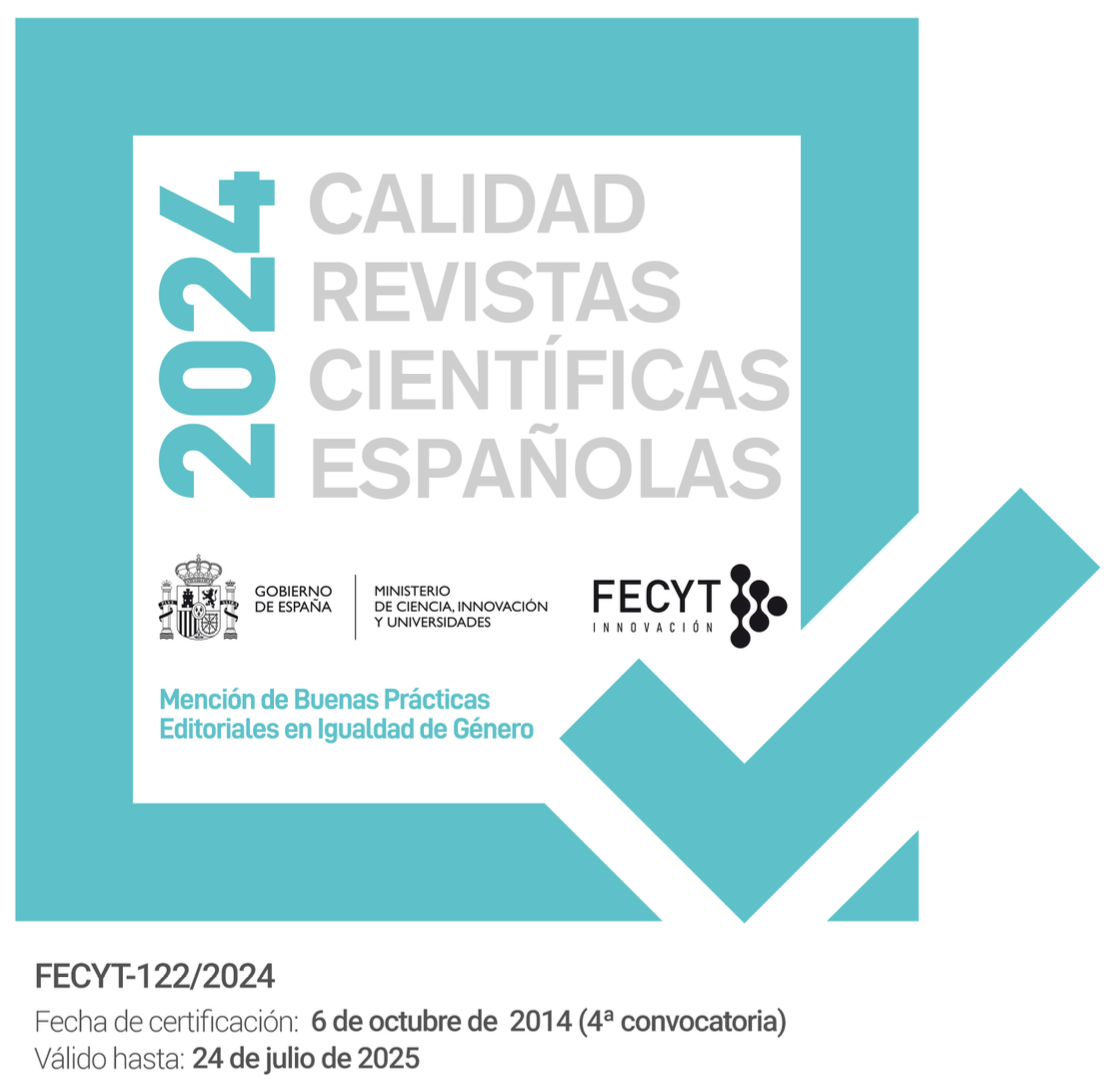The Comic Tragedy of Mere Men and Women: The Ambiguously Distracting Use of Laughter in The Castle of Otranto and Its Prefaces
Abstract
This paper attempts to analyze the curious effects of the comic scenes in The Castle of Otranto (1764) through a close reading of Walpole’s famous prefaces to the novel. The comic scenes evoke an incongruous dramatic response and contradict the claims made in the prefaces, according to which comic elements highlight dramatic ones. While being often thought of as indicative of a general aesthetic failure, the comic elements in this foundational text of the Gothic are indeed subtle, complex and artful. More precisely, Walpole’s curious use of laughter makes a complex appeal to an extra-dramatic level which undercuts the reader’s identification with the dramatic situations represented in the novel.
Keywords: Horace Walpole; The Castle of Otranto; comedy; drama; Gothic novel; prefaces
Downloads
References
Andriopoulos, Stefan. 1999. “The Invisible Hand: Supernatural Agency in Political Economy and the Gothic Novel.” ELH 66 (3): 739-758.
Clery, E. J. 1995. The Rise of Supernatural Fiction: 1762-1800. Cambridge: Cambridge UP.
Finch, M. B. and E. Allison Peers. 1920. “Walpole’s Relations with Voltaire.” Modern Philology 18 (4): 189-200.
Fincher, Max. 2001. “Homosocial Sins and Identity in Horace Walpole’s The Castle of Otranto.” Gothic Studies 3 (3): 229-245.
Frank, Marcie. 2003. “Horace Walpole’s Family Romances.” Modern Philology 100 (2): 417-435.
Gentile, Kathy Justice. 2009. “Sublime Drag: Supernatural Masculinity in Gothic
Fiction.” Gothic Studies 11 (1): 16-28.
Haggerty, George E. 1985. “Fact and Fancy in the Gothic Novel.” Nineteenth-Century Fiction 39 (4): 379-391.
Hamm Jr., Robert B. 2009. “Hamlet and Horace Walpole’s The Castle of Otranto.” SEL. Studies in English Literature 1500-1900 49 (3): 667-692.
Hogle, Jerrold E. 2010. “Hyper-reality and the Gothic Affect: The Sublimation of
Fear from Burke and Walpole to The Ring.” English Language Notes 48 (1): 163-175.
Horner, Avril and Sue Zlosnik. 2005. Gothic and the Comic Turn. Basingstoke, Hampshire: Palgrave Macmillan.
Lake, Crystal B. 2013. “Bloody Records: Manuscripts and Politics in The Castle of Otranto.” Modern Philology 110 (4): 489-512.
Mack, Ruth. 2008. “Horace Walpole and the Objects of Literary History.” ELH 75 (2): 367-387.
Morris, David B. 1985. “Gothic Sublimity.” New Literary History 16 (2): 299-319.
Napier, Elizabeth R. 1987. The Failure of Gothic: Problems of Disjunction in an Eighteenth-Century Literary Form. Oxford: Clarendon Press.
Reeve, Clara. 1778. The Old English Baron. 2nd ed. London: Edward and Charles Dilly.
Shapira, Yael. 2012. “Shakespeare, The Castle of Otranto, and the Problem of the Corpse on the Eighteenth-Century Stage.” Eighteenth-Century Life 36 (1): 1-29.
Walpole, Horace. (1764/1765) 1998. The Castle of Otranto. Edited by W. S. Lewis. Oxford: Oxford UP.
Watt, James. 1999. Contesting the Gothic: Fiction, Genre and Cultural Conflict, 1764-1832. Port Chester, NY: Cambridge UP.




